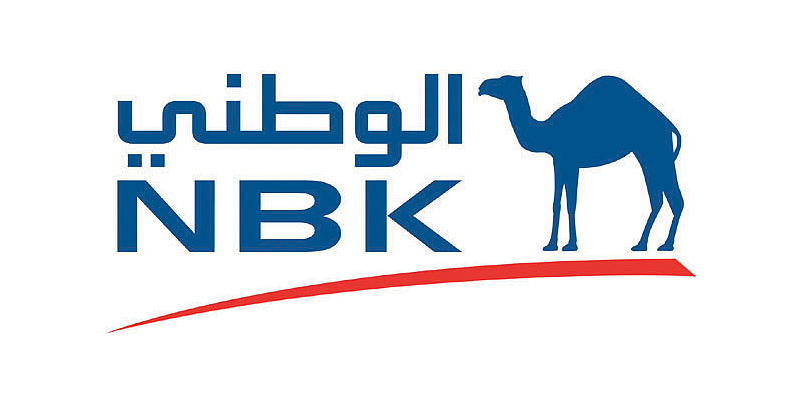OPEC+ extends accord as supply falls to lowest level in 5 years
KUWAIT: June saw oil prices whipsawed by opposing bullish and bearish forces, falling earlier in the month to their lowest levels since late January before rising to end higher at $66.6/bbl (Brent) and $58.5/bbl (WTI). Brent and WTI's year-to-date gains stood at 24 percent and 29 percent, respectively, by June's close.
Brent initially fell to a low of $59.97/bbl in early June largely on concerns about weakening global economic growth, catalyzed by the deteriorating US-China trade tariff dispute. Prices were also under pressure by above-seasonal crude stock builds in the US, which came despite Saudi Arabia's efforts to curb crude exports to that market. Past mid-month, oil prices then posted two consecutive weeks of gains, propelled by a combination of heightened geopolitical tensions relating to the attack on Saudi and international tankers off the Strait of Hormuz and by easing global trade anxieties as Presidents Trump and Xi resumed trade negotiations. The downing of a US drone by Iran and the subsequent abortive US airstrike and sanctioning of Iran's Supreme Leader Ali Khamenei served to further raise oil's geopolitical risk premium.
Going into July, however, market sentiment appears to have weakened at a time when it was expected to turn more bullish. While prices were indeed buoyed by the long-awaited drawdown of US crude stocks by US refineries ahead of the summer driving season, the reaction to the OPEC+ decision on 1-2 July to extend the production cut agreement for a further nine months to March 2020 was lukewarm initially before turning negative. Brent declined the next day by 4 percent to $62.4/bbl, likely due to a combination of still high global inventories, record US shale production growth and weakening global economic growth. These are the very reasons that influenced the OPEC+ decision to extend.
Moreover, while the crude inventory decline in the US was more than expected (-12.8 mb), pointing to strong domestic demand, the EIA's data release also revealed an eye-catching year-to-date increase in US crude exports of 69 percent, to a record high of 3.7 mb/d. US shale therefore appears to be challenging OPEC and its allies' traditional market dominance as these oil producers continue to hold down their own output, a concern frequently expressed by Russia and others.
Softer data leads to oil demand growth downgrade
Concerns about the trajectory of the global economy have been fueled partly by softer data and by the continuing US-China trade dispute. The International Energy Agency (IEA) downgraded in June, for the second month in a row, its estimate for global oil demand growth. It now expects growth to be 1.2 mb/d, 100 kb/d lower than its May estimate. The agency cites slower economic growth-a nod to the recent global economic outlook downgrade, in which trade tensions were a significant factor, to 3.2 percent for 2019.
Slower petrochemicals activity and warmer northern hemisphere weather were also contributory factors. Oil demand growth will rebound, though, to 1.4 mb/d in 2020. This will be partially offset by robust non-OPEC supply growth, which the IEA expects to accelerate from an estimated 1.9 mb/d in 2019 to 2.2 mb/d in 2020.
This year, even in the context of weaker oil demand, there is a good chance that supply growth will lag demand growth with OPEC+ extending its cuts. This should lead to a roughly balanced market, with a marginal crude stock draw on average for the year, according to our calculations.
OPEC supply falls
OPEC, for its part, has commendably stuck to its task of paring back output in an attempt to clear the supply overhang. According to OPEC secondary sources, aggregate production fell to 29.9 mb/d in May, the lowest level since 2014, led by continued declines in Saudi Arabia, Venezuela and Iran. Saudi Arabia continues to do the heavy lifting for the OPEC-11 nations, cutting its production for the sixth consecutive month in May, to a low of 9.69 mb/d, a cut of 621 kb/d more than is required by its allocation (achieving record 293 percent compliance).
For other OPEC countries, Kuwait and the UAE also continue to over comply, by 116 percent and 111 percent, respectively. In contrast, Iraq has yet to achieve its quota obligation and has, in fact, been increasing production in recent months. Output in Iran and Venezuela, meanwhile, continues to decline due to the impact of US sanctions and/or economic mismanagement.
Overall OPEC+ compliance was 151 percent compared to OPEC-11 compliance of 143 percent in May. Among the large non-OPEC oil producers, Russia finally hit its target during the month to join over-compliers Mexico and Kazakhstan. Russia's reduced output of 11.4 mb/d in May (132 percent compliance) was also partly a result of the Druzhba pipeline contamination.
OPEC+ agreeing to extend until March 2020 could establish a price floor. As we have seen over the last several months, the geopolitical context does have the capacity to raise the risk premium on oil prices. Looking ahead, though, it seems likely that it will be the global economy narrative and once again the US shale growth story that will command most of the markets' attention.











